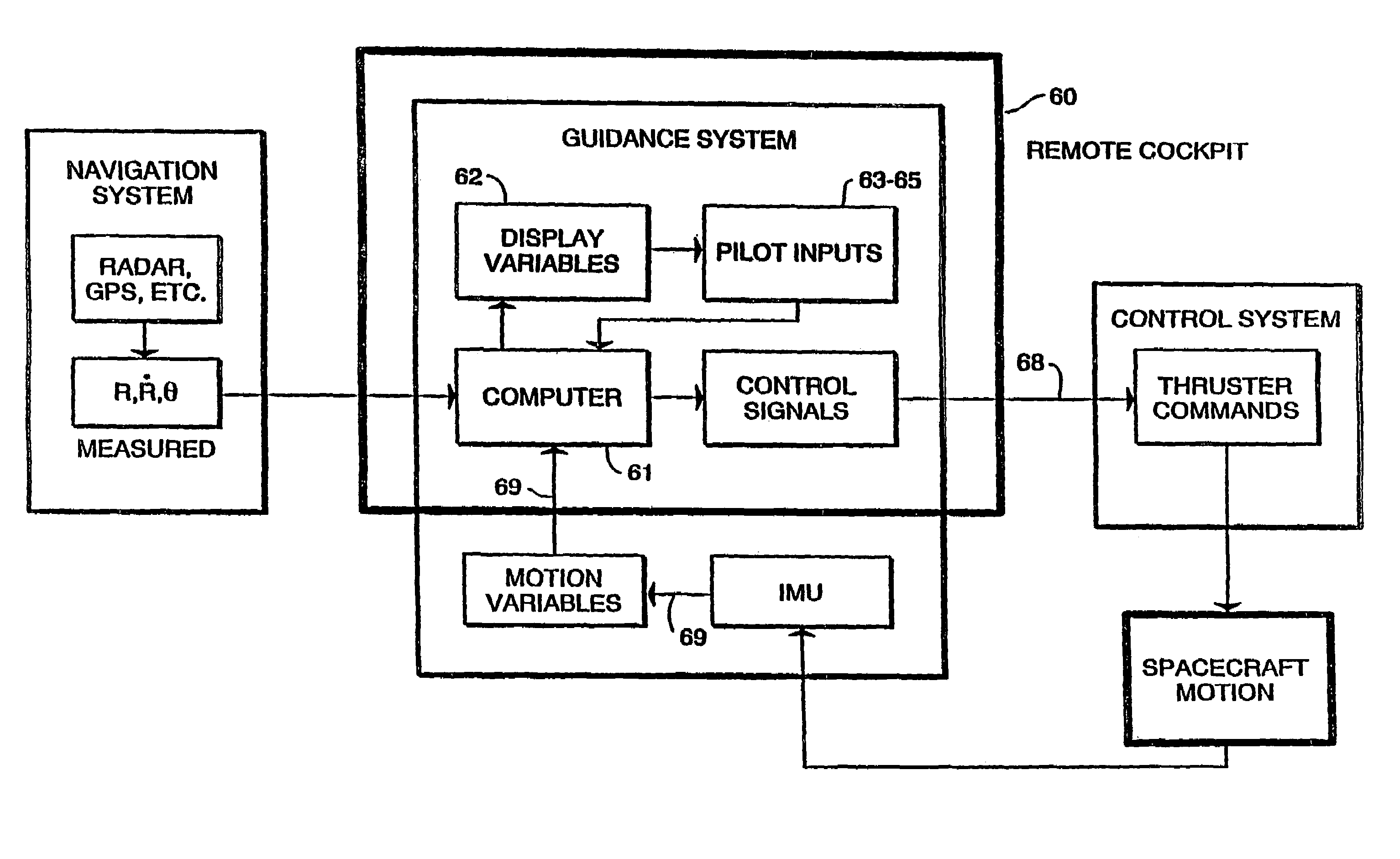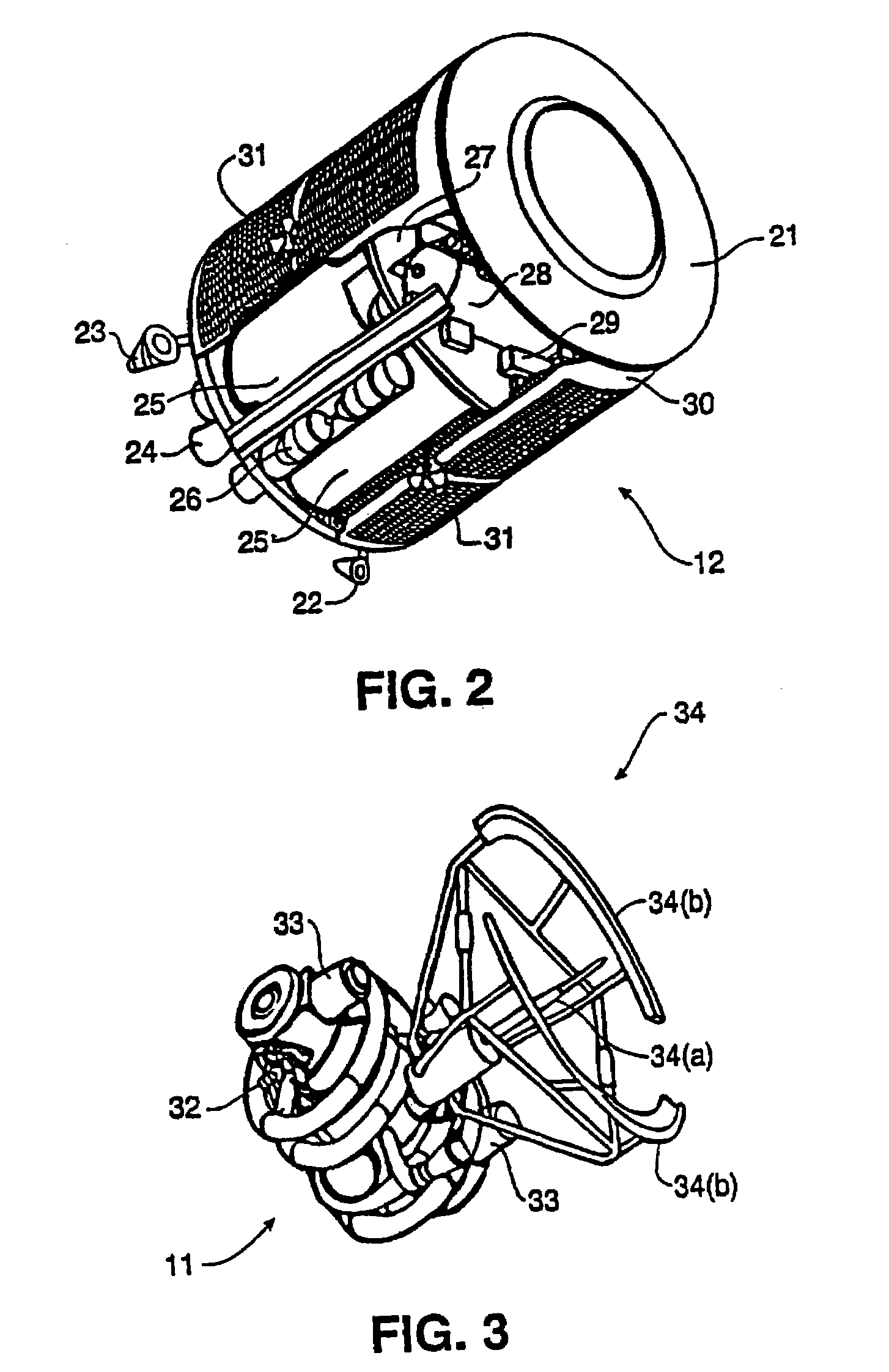Apparatus and methods for in-space satellite operations
a satellite and satellite technology, applied in the field of satellite apparatus and methods for in-space satellite operations, can solve the problems of satellites being initially delivered to unacceptable orbits, losing attitude and position control, and end of life (eol) of most satellites
- Summary
- Abstract
- Description
- Claims
- Application Information
AI Technical Summary
Problems solved by technology
Method used
Image
Examples
Embodiment Construction
[0022]As used herein the term “adjusting the life of a target satellite” means either extending the useful life of a target satellite, which is normally limited by the availability of onboard propellant for position control, or terminating the orbiting activity of a spent or obsolete satellite by planned deorbit and reentry or by transferring a satellite from its previous orbit another trajectory or to a parking orbit.
[0023]As used herein the term “controlling the position of the docked satellite-spacecraft combination” includes both controlling the trajectory of the docked combination relative to the earth and / or controlling the attitude of the docked combination relative to the earth or to the star field.
[0024]Briefly, in accordance with one embodiment of the invention, I provide apparatus and methods for performing satellite proximity operations such as inspection, recovery and life extension of a target satellite through operation of a “Satellite Inspection Recovery and Extensio...
PUM
 Login to View More
Login to View More Abstract
Description
Claims
Application Information
 Login to View More
Login to View More - R&D
- Intellectual Property
- Life Sciences
- Materials
- Tech Scout
- Unparalleled Data Quality
- Higher Quality Content
- 60% Fewer Hallucinations
Browse by: Latest US Patents, China's latest patents, Technical Efficacy Thesaurus, Application Domain, Technology Topic, Popular Technical Reports.
© 2025 PatSnap. All rights reserved.Legal|Privacy policy|Modern Slavery Act Transparency Statement|Sitemap|About US| Contact US: help@patsnap.com



